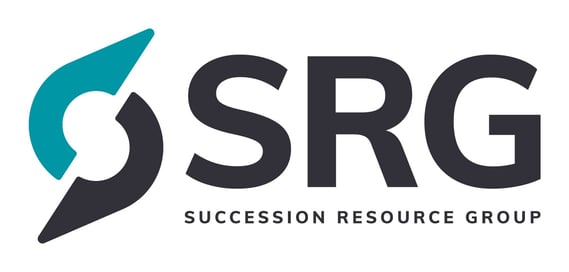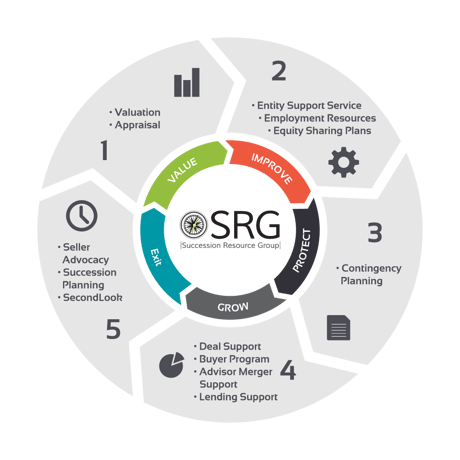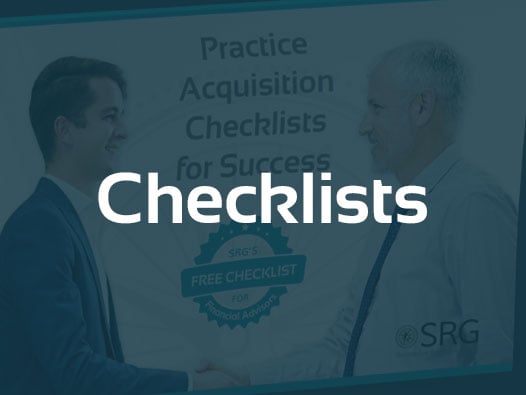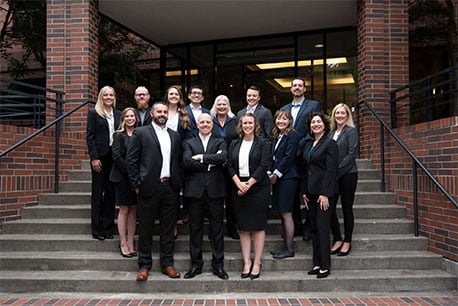While financial advisors get paid for helping their clients make sound financial decisions and plan for retirement, they themselves are also faced with these same challenges in regards to their own practices. Premature death or accident are an unpopular topics under any circumstances, but nevertheless, they are subjects that need to be addressed so that loved ones and business interests are taken care of after death.
When that conversation turns around and it becomes the advisor’s turn to plan for the future, the dynamics can change; those who give advice usually have the most difficult time taking it. As a sole proprietor of an advisory firm, there’s no reason to worry about employees or management succession, but there is a need to plan for both the expected (retirement) and the unexpected - personal injury, incapacitation, and yes, even death.
Succession planning is also about deciding what to do with business assets and client relationships when you’re ready to retire. This should be done early in the life of an advisory firm, so nothing is left to chance. In this article, we’ll go over the to-do items you should have on your succession planning checklist.

Step #1: Create a “What If” Scenario for Today
Effective succession planning begins with looking at what’s happening in the present. Ask yourself this simple question, “If I died today, what would happen to my business?” You could follow that up by asking, “What would happen to my loved ones?” Keep your answers focused on the financial aspect of your passing, not the emotional impact.
For instance, do you have a backup financial advisor that clients can contact if you are no longer available? In many cases, particularly with independent firms, the custodian will automatically take over those client relationships if you pass away without leaving specific documentation for transferring assets to another advisor or advisory firm.
If you have a staff, have you identified future leaders that may be able to take over when you’re gone? This is obviously easier when you are part of a larger organization, but small firms can do it also. Part of your succession planning process is to look at current and future roles for the team members you have around you.
Does anyone in your organization know your clients as well as you do? Key positions, such as office managers and admins, should be filled with employees you can trust to be communication liaisons with clients. By allowing them to build those relationships, you’ll make the transition to another advisor smoother after your death or retirement.
Finally, what would the financial situation look like for your firm and your family if you passed away today? It’s not a pleasant idea to contemplate, but it’s necessary to consider when you start preparing a succession plan.
Step #2: Your Family Should Come First
Everyone’s family situation is different, but most people leave someone behind, whether it’s a spouse and children, a parent, niece, nephew, or maybe even a close personal friend. Your death will affect these people personally and possibly financially. Does your succession planning account for that? If it doesn’t, it should.
Keep in mind that financial advisory business assets don’t automatically transfer to your next of kin in the event of your passing. If you have partners, they’ll want to retain any continuous income you’re generating. If you’re attached to a broker-dealer, they will take over client relationships and revenue streams will be lost to your family.
Insurance is an obvious step here. As a financial advisor, you know that. There should also be some type of legal agreement in place that your loved ones will inherit your share of the business in the event of your passing. Simply putting that in your will is not enough. Make sure it is included in the core documentation of your company, witnessed by others.
Another to-do item on this portion of your succession planning checklist should be the protection of your family’s personal assets. When a financial advisor passes away unexpectedly, there are sometimes legal and accounting issues in the aftermath. Your family will have enough to deal with. Insulate them from the company by having the right corporate structure.
Insurance. Legal Protection. Accounting and financials. These are the three primary areas of concern for your family. Make them a part of the succession planning process. Complete any necessary paperwork to make your wishes binding and communicate them to anyone in critical roles at your company who may be involved in the transition process.
Step #3: Succession Planning Process for Employees
Despite the presence of big banks and broker-dealers, a large percentage of advisory firms in the United States are actually small independents with just a few employees. For many advisors, those folks are extended family, so they should be accounted for in the succession planning process. What happens to them if you are suddenly not there anymore?
The first question should be, “Can any of these folks run the business after you’re gone?” Take a look at employees in key positions who might be qualified to take over. Are they the “future leaders” your clients will trust? If so, create some documentation that names one of them as a successor if anything happens to you. Do it sooner rather than later.
As for other employees, making your company employee-owned by issuing common stock will give them some security. Establishing a solid benefits program with a 401(k) and bonus system for performance is another. These may not seem like elements of a succession plan, but they can help keep your company together, even if you’re no longer there.
It’s not unheard of for advisors with only one or two employees to make them beneficiaries of a life insurance policy. Other advisors buy annuities for workers in key positions. As a wealth manager or financial planner, you’re privy to a number of ways to ensure some type of employee compensation in the event of your death. Be creative. They are worth it.

Step #4: Building a Succession Plan for a Larger Firm
For larger firms, the goal of the succession planning process is to understand exactly who you are as a company. One of the better ways to do this is to organize a company inventory that includes all team members that hold key positions in the company. These are the folks you’ll be doing the succession planning for, so involve them from the start.
The inventory process should give your firm insight on team leaders and executives in key roles that may be good candidates for advancement. It’s also a good opportunity to look at the rank and file employees. This group includes admins, support staff, junior advisors, and temps that may become permanent hires.
Obviously, the succession planning process is looking at the long term picture, so evaluating rank and file employees is more about assessing skills, potential, and the personal goals of each individual. It’s very similar to a performance review, which should be done periodically. Look for the following:
- Personality: Effective leaders don’t have to be loved by all, but they should have a personality that doesn’t alienate everyone around them. Look for a combination of friendly, yet unwavering in their belief system. These are the folks who are capable of running a department or an entire company someday.
- Leadership Potential: Do other employees in the department look to this person for guidance? One way to find this out is to ask each employee who, other than their assigned supervisor, they look to when they are struggling. The employee whose name comes up the most is a good succession candidate.
- Education: A bachelor's degree may qualify an employee to rise to middle management, but more will be required if they want to run the company someday. Check educational transcripts to see who a good candidate for business school or a CFA might be, then sponsor them to get it.
- Specialties: Everyone has one facet of the business that they’re really good at. Some are “numbers people'' and like to work on projections and analytics. Others prefer client interaction and showcase great people skills. A CEO needs to be both. Identify specialties early and try to diversify skillsets where possible.
- Personal Goals: Selecting key team members to be part of your succession plan won’t work if they don’t stay with the company. Make sure you understand what the individual goals of each employee are. Use a current and future approach. Are they satisfied today? Where do they want to be in ten years?
Employees with raw talent can be molded into knowledgeable professionals who can fill key leadership positions in the future. Effective succession planning is the process of identifying that talent early and having a development program that can help young people grow into new roles as they acquire institutional knowledge.
The succession planning process accomplishes more than just determining who takes over when someone leaves or passes on. It literally brings life to your organization. By creating a hierarchy chart, you give internal talent the opportunity to strive for more. Those you’ve identified with high potential should be the fastest movers.
Step #5: Searching for External Candidates to Manage Your Book of Business
New leaders don’t have to come from inside the company. With smaller firms, the roles of leaders and managers may not be expansive enough to qualify them for senior-level executive positions. Training and development might get them there someday, but the need for top-tier executive leadership is there today.
Policies and procedures for recruiting externally should be part of the written documentation you create when succession planning. The most effective plans look at all possible scenarios. What happens when existing employees aren’t ready or refuse to advance? The solution in those instances has to come from outside the organization.
Recruiting begins with a job description, so your succession planning should include detailed descriptions of each of the positions within the organizational hierarchy and what the responsibilities for those positions are. When the need arises for someone to fill one of those spots, this documentation should be handy.
In some cases, it may be necessary to actually merge with another firm to bring in high-level talent. Advisors who have already proven their worth elsewhere usually make a good addition to a growing firm, but they won’t want to leave their existing book of business behind. Mergers are one way to avoid that.
Another technique here is to offer a percentage of trailing twelve-month revenue (TTMR) for another advisor to join your firm. This can be structured as a bonus or salary offering and could be the caveat to draw real talent, particularly if you’re an independent firm. Advisors in motion are looking for these types of deals.
Addendum: Succession Planning for Mergers and Acquisitions
One of the first questions a buyer will ask when they begin their due diligence for acquiring your firm is whether or not you have a succession plan in place. They will then want to review any legal documentation behind that plan and review any changes they need to make before closing the deal. Be prepared for this if you’re planning on being acquired.
In a merger, the succession planning documentation will also be reviewed, and changes will likely be requested. The impact of those changes on existing employees and partners will be determined by whoever ends up with a controlling interest in the company after the merger. Once again, be prepared for this before you start the merger process.
When another firm buys or becomes a partner with you, they’ll ask all the same questions we’ve brought up in this article, starting with, “What happens if the owner dies tomorrow?” Put yourself in their position. Savvy buyers want to make sure they have all bases covered. Buying an advisory firm usually involves several million dollars in cash or stock changing hands.
If you’re going to retire after the acquisition, it will be up to the purchasing firm to create their own succession plan, but you’ll want to make sure your existing employees are taken care of. Word the contracts carefully and have your legal team review them to make sure they are airtight. You won’t want to deal with any challenges after the deal is done.
Take care of yourself and your family. Install provisions to ensure the financial security of your employees. Create a succession plan that clearly states who will manage your clients when you are no longer in the picture. Do all of this today and you’ll sleep better tonight.
